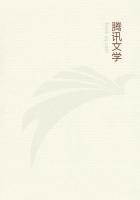I mark a plentiful number of my guests with a variety of dots on the thorax, which enables me to follow any one Osmia from the beginning to the end of her laying. The tubes and their respective holes are numbered; a list, always lying open on my desk, enables me to note from day to day, sometimes from hour to hour, what happens in each tube and particularly the actions of the Osmiae whose backs bear distinguishing marks. As soon as one tube is filled, I replace it by another. Moreover, I have scattered in front of either hive a few handfuls of empty Snail-shells, specially chosen for the object which I have in view. Reasons which I will explain later led me to prefer the shells of Helix caespitum. Each of the shells, as and when stocked, received the date of the laying and the alphabetical sign corresponding with the Osmia to whom it belonged. In this way, Ispent five or six weeks in continual observation. To succeed in an enquiry, the first and foremost condition is patience. This condition I fulfilled; and it was rewarded with the success which I was justified in expecting.
The tubes employed are of two kinds. The first, which are cylindrical and of the same width throughout, will be of use for confirming the facts observed in the first year of my experiments in indoor rearing.
The others, the majority, consist of two cylinders which are of very different diameters, set end to end. The front cylinder, the one which projects a little way outside the hive and forms the entrance-hole, varies in width between 8 and 12 millimetres. (Between .312 to .468 inch.--Translator's Note.) The second, the back one, contained entirely within my packing-case, is closed at its far end and is 5 to 6 millimetres (.195 to .234 inch.--Translator's Note.) in diameter.
Each of the two parts of the double-galleried tunnel, one narrow and one wide, measures at most a decimetre (3.9 inches.--Translator's Note.) in length. I thought it advisable to have these short tubes, as the Osmia is thus compelled to select different lodgings, each of them being insufficient in itself to accommodate the total laying. In this way I shall obtain a greater variety in the distribution of the ***es. Lastly, at the mouth of each tube, which projects slightly outside the case, there is a little paper tongue, forming a sort of perch on which the Osmia alights on her arrival and giving easy access to the house. With these facilities, the swarm colonized fifty-two double-galleried tubes, thirty-seven cylindrical tubes, seventy-eight Snail-shells and a few old nests of the Mason-bee of the Shrubs. From this rich mine of material I will take what I want to prove my case.
Every series, even when incomplete, begins with females and ends with males. To this rule I have not yet found an exception, at least in galleries of normal diameter. In each new abode, the mother busies herself first of all with the more important ***. Bearing this point in mind, would it be possible for me, by manoeuvring, to obtain an inversion of this order and make the laying begin with males? I think so, from the results already ascertained and the irresistible conclusions to be drawn from them. The double-galleried tubes are installed in order to put my conjectures to the proof.
The back gallery, 5 or 6 millimetres (.195 to .234 inch.--Translator's Note.) wide, is too narrow to serve as a lodging for normally developed females. If, therefore, the Osmia, who is very economical of her space, wishes to occupy them, she will be obliged to establish males there. And her laying must necessarily begin here, because this corner is the rear-most part of the tube. The foremost gallery is wide, with an entrance-door on the front of the hive.
Here, finding the conditions to which she is accustomed, the mother will go on with her laying in the order which she prefers.
Let us now see what has happened. Of the fifty-two double galleried tubes, about a third did not have their narrow passage colonized. The Osmia closed its aperture communicating with the large passage; and the latter alone received the eggs. This waste of space was inevitable. The female Osmiae, though nearly always larger than the males, present marked differences among one another: some are bigger, some are smaller. I had to adjust the width of the narrow galleries to Bees of average dimensions. It may happen therefore that a gallery is too small to admit the large-sized mothers to whom chance allots it. When the Osmia is unable to enter the tube, obviously she will not colonize it. She then closes the entrance to this space which she cannot use and does her laying beyond it, in the wide tube. Had Itried to avoid these useless apparatus by choosing tubes of larger calibre, I should have encountered another drawback: the medium-sized mothers, finding themselves almost comfortable, would have decided to lodge females there. I had to be prepared for it: as each mother selected her house at will and as I was unable to interfere in her choice, a narrow tube would be colonized or not, according as the Osmia who owned it was or was not able to make her way inside.
There remain some forty pairs of tubes with both galleries colonized.

